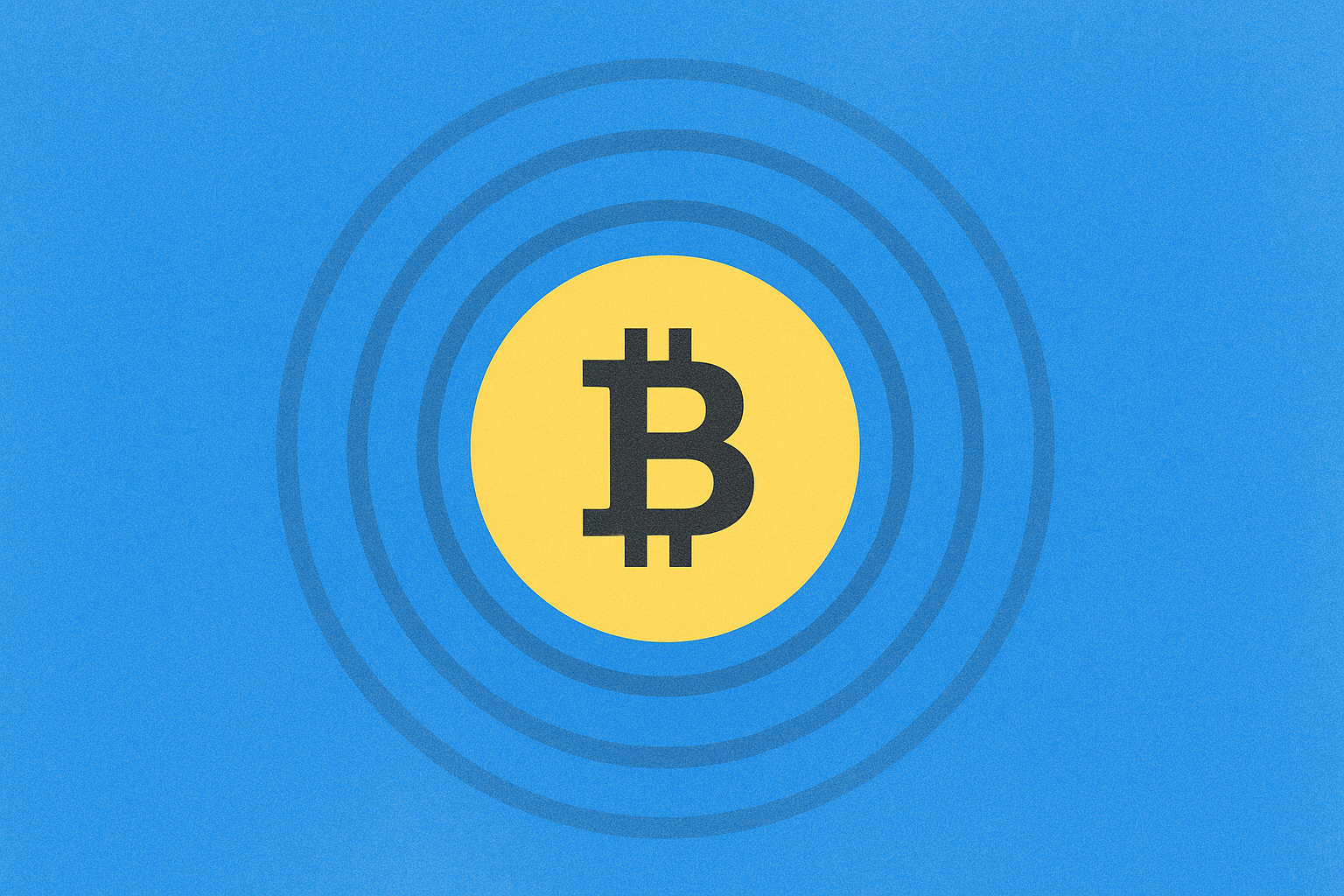2025 NFTの技術原則と適用シナリオ


2025年までに、NFTはデジタルコレクタブルに限定されることはなくなり、金融、法律、その他の産業でますます重要な役割を果たすようになるでしょう。
NFTテクノロジー原則の分析
NFTの技術的基盤: ブロックチェーンとスマートコントラクト
NFTの核となる技術的基盤は、ブロックチェーンとスマートコントラクトにあります。ブロックチェーンは分散型台帳技術として、NFT取引の透明性と改ざん耐性を保証します。各NFTのユニークさは、スマートコントラクトを通じてエンコードされ、各トークンがライフサイクル全体で追跡および検証されることを可能にしています。イーサリアム現在、最も広く利用されているブロックチェーンプラットフォームですが、技術の発展に伴い、Gate.comなどの他のプラットフォームもありますSolanaそしてポリゴンまた徐々に浮かび上がってきました。
これらの技術により、NFTは真の '不可分性' を実現しています:各NFTはユニークであり、他のトークンで置き換えたり複製したりすることはできません。そのため、NFTは資産クラスに留まらず、デジタル所有権の概念を具現化しています。
2025年のNFT 6つの主要なアプリケーションシナリオ
2025年までに、NFTアプリケーションは着実に拡大しています。
NFTの適用範囲は、もはやデジタルアートやゲームに限定されるものではなく、金融、不動産、サプライチェーン管理など、より実用的なシナリオに浸透しています。2025年には、最も有望なNFTの適用シナリオが6つあります。
- 不動産の所有権のデジタル化
ドバイは、NFTを使用して不動産登記の30%をデジタル化することに成功しました。NFT技術により、不動産取引はより透明で効率的になり、従来の取引で発生する可能性のある詐欺を回避することができます。 - 医療データ管理
アメリカでは、FDAがNFTに基づいた医療データ管理システムのテストを行っています。これにより、データ検証のコストが約40%削減される見込みであり、データプライバシー保護も強化されます。 - カーボンニュートラリティ認証
According to国際連合環境計画(UNEP)レポートによると、NFTの炭素クレジット取引量は2024年に270%増加しました。このトレンドは、NFTがデジタル世界での役割を果たすだけでなく、持続可能な開発と環境保護の分野で革新的な解決策を提供することを示しています。 - デジタルアイデンティティ管理
スイスは、NFTを使用してデジタルアイデンティティ管理システムを作成し始め、ユーザーがNFTを介してアイデンティティ情報を検証し、実質的にアイデンティティ盗難のリスクを回避できるようにしました。 - アートと高級品の認証
高級ブランドなどLVMH(ルイ・ヴィトン・グループ) はNFTを使用して偽造品対策を行い、偽造品の流通を減らしています。 - バーチャルランドとインゲームアセット
Inデセントラランド仮想世界では、NFTはデジタル資産の所有権の認証をユーザーに提供し、仮想土地の売買は新しい投資の形となっています。
NFT投資におけるリスクとリターンの分析
NFT投資のリスクとリターン分析:2024対2025
NFT市場が成熟を続ける中、投資家は2024年と2025年の間で異なる市況に直面することになります。2024年には、ブルーチップNFTプロジェクトの市場価値が歴史的な高値を記録しましたが、NFT市場の高いボラティリティも多くのリスクを露呈しました。例えば、2024年に一部の小規模NFTプロジェクトが爆発的な成長を経験した後、市場は急速に冷え込み、投資家に大きな損失をもたらしました。
によるとStatistaデータによると、NFT市場の取引高は2023年の350億ドルから2024年の270億ドルに減少し、市場の高い変動性を反映しています。しかし、より多くの伝統的な金融機関が関与する中、NFT市場の長期的な展望は引き続き有望です。
NFTオペレーションの初心者ガイド
どのように適切なNFT取引プラットフォームを選択するか
初心者にとって、規制に準拠し流動性のあるNFT取引プラットフォームを選ぶことは重要です。GateGate取引所を例にとると、Gate.comは500種類以上のNFTアセット(2024Q4データ)の取引をサポートするだけでなく、独自のProof-of-Reservesそのメカニズムは、ユーザー資産のセキュリティを効果的に保護します。さらに、Gate.comは、初心者がNFT市場をより良く理解し、一般的な投資の落とし穴を回避するのに役立つ豊富な学習リソースも提供しています。
NFT取引に慣れていないユーザー向けに、始めることをお勧めします市場の流動性が高いより良い取引体験のためにGateプラットフォームで取引を開始してください。
NFTの将来のトレンド予測
次の5年間におけるNFTの開発トレンド
先を見据えると、NFTの可能性は依然として膨大です。2025年までに、NFTは以下の領域での突破口を実現すると予想されています。
- クロスチェーン技術の開発: クロスチェーンインタラクション技術の成熟により、NFTは単一のブロックチェーンネットワークに限定されず、より広範囲なクロスチェーン流通を実現します。
- スマートコントラクトのアップグレードスマート契約は、より柔軟で安全になり、より複雑なNFT機能をサポートできるようになります。
- DAO(Decentralized Autonomous Organization)の台頭: DAOは、NFTプロジェクトの新しい運営モデルとなり、NFT保有者により多くの意思決定権を与えることになります。
結論:NFTの将来展望と投資機会
NFTは、革新的なデジタル資産の形態として、2025年には幅広い開発展望を持っています。技術革新、市場応用、投資収益のいずれにおいても、NFTは莫大な潜在能力を示しています。しかしながら、市場の大きな変動リスクがあるため、投資家は注意深くリスクを評価し、信頼できる取引プラットフォームを選択する必要があります。NFT技術が成熟を続ける中、私たちはNFTがさらなる産業で重要な役割を果たし、デジタル経済の不可欠な部分となると考えています。

2025年のNFT市場での新しいトレンドは何ですか?
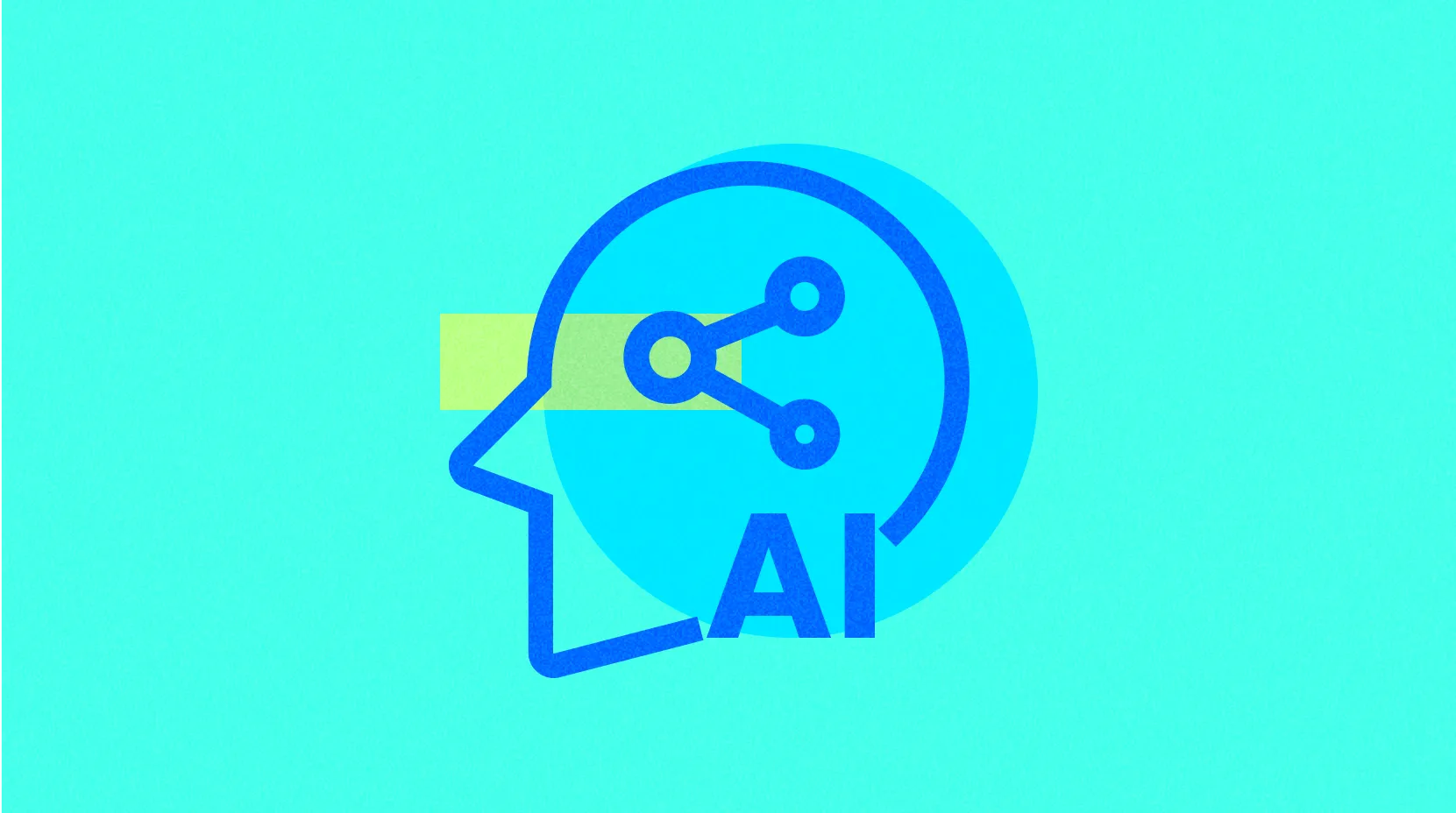
NFTトレジャーハンティング:2025年のWeb3コレクターのトップ戦略

2025 P2Eゲームの原則:ブロックチェーンゲーム収益モデルの包括的分析

2025年のWeb3マクロトレンド:ブロックチェーン、分散型金融およびNFT市場分析

Best Patent Token (BPT): パテントエコシステムにおけるブロックチェーン技術を活用した革新
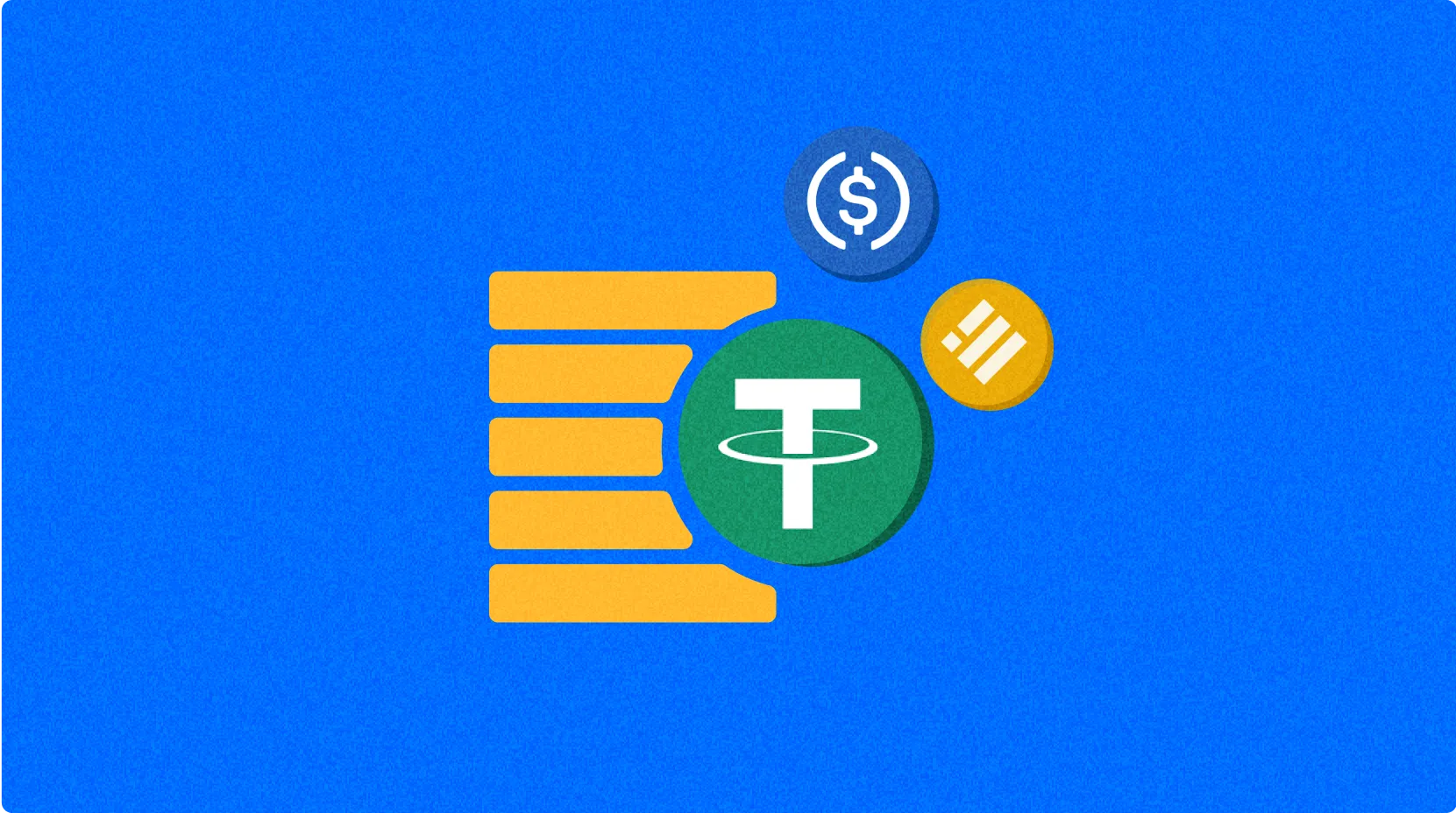
オープンルートの説明:コアホワイトペーパーの論理とゲームアプリケーション

Web3と分散型金融における現物取引の基礎:初心者向けガイド

Polkadotネットワーク上でアプリケーションを構築するためのガイド

分散型取引所での流動性プールについて詳しく解説
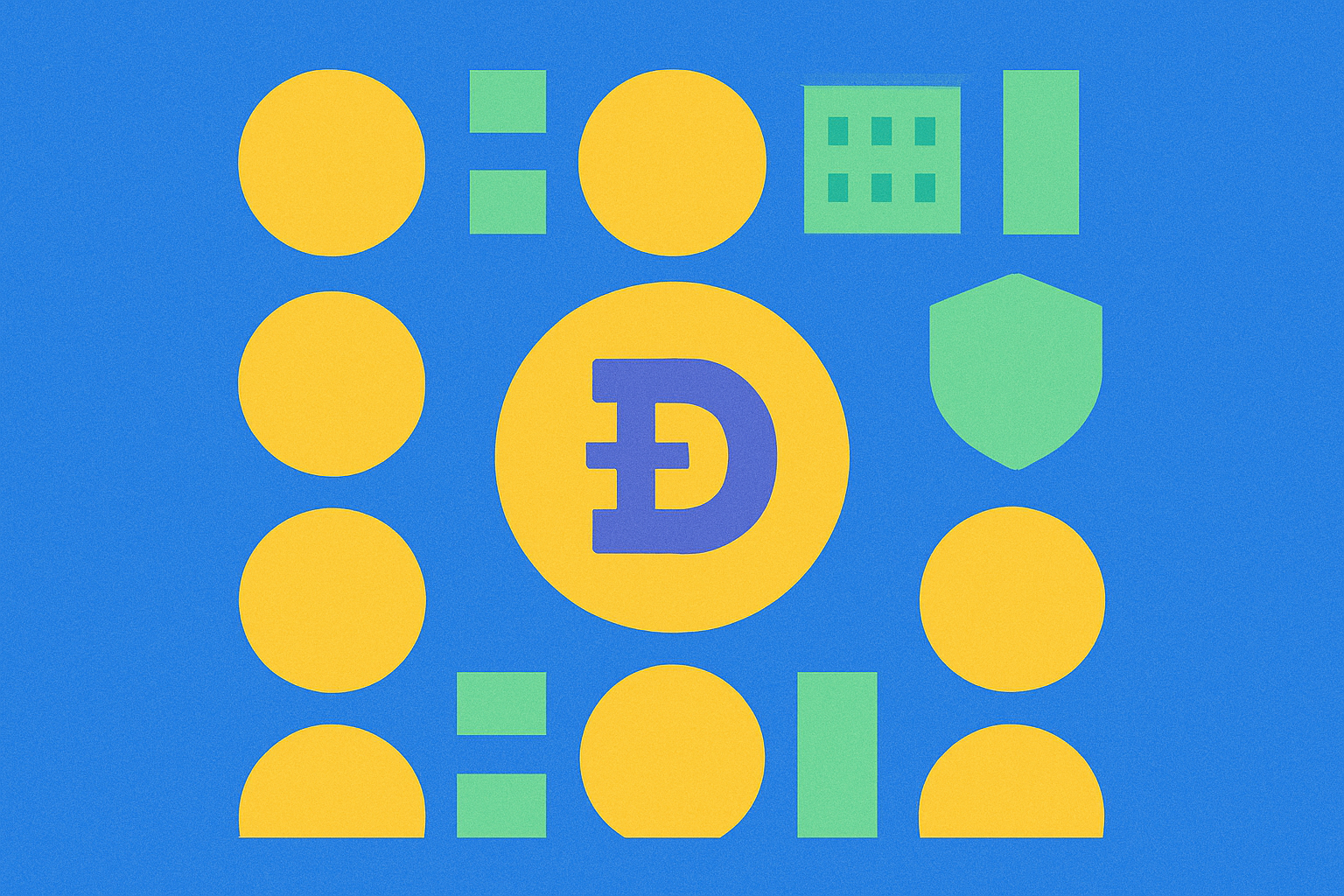
初心者向け:Dogecoinを効率的にマイニングするガイド
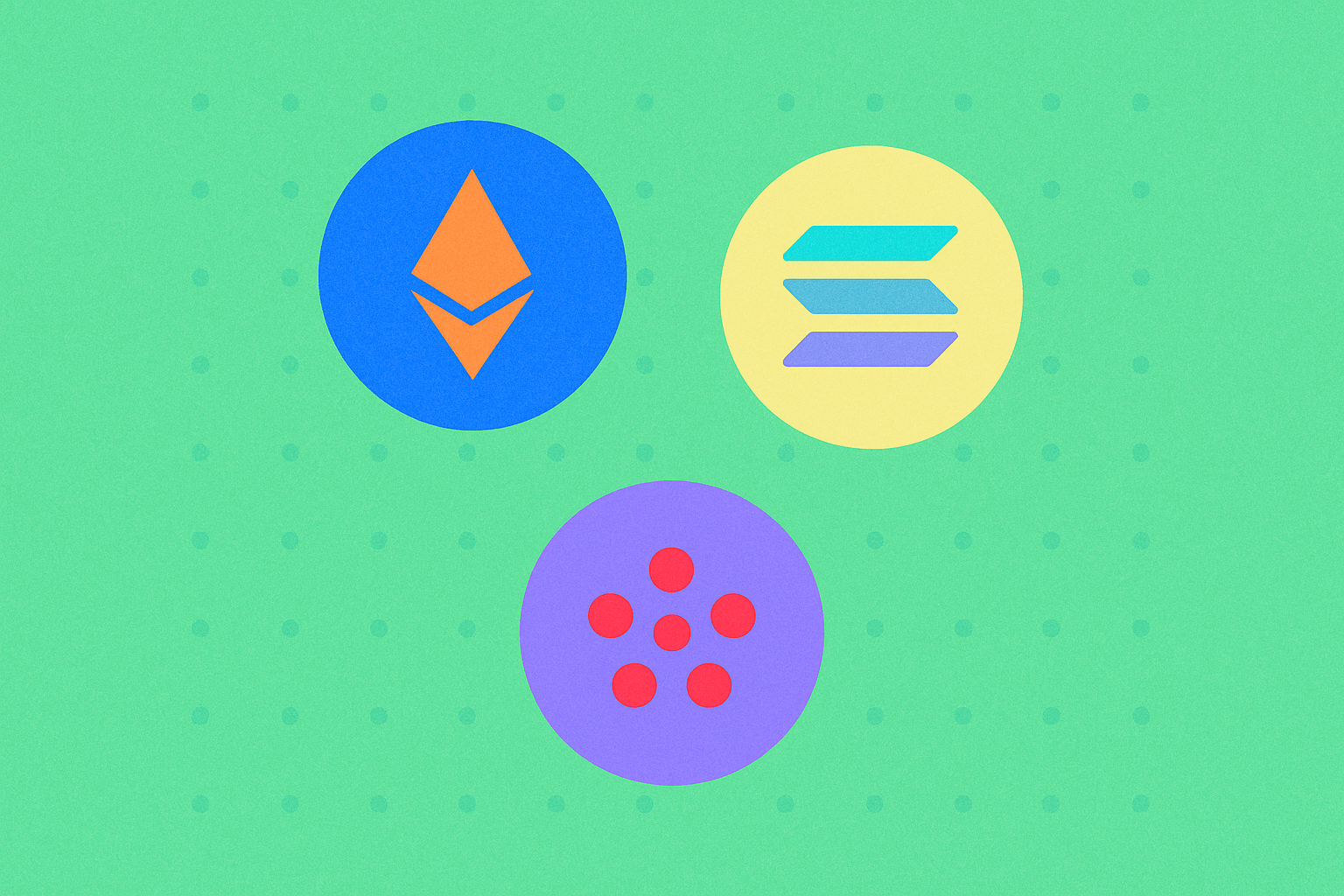
ステーク証明型ブロックチェーン技術の仕組みを理解する
